The Meizu Pro 7 Plus is the Chinese manufacturer’s latest flagship smartphone, packing plenty of processing power for photography enthusiasts via the MediaTek Helio X30 chipset, deca-core processor, and 6GB RAM. The camera setup boasts a dual-cam solution that features two 1/2.9″ 12Mp sensors (RGB + monochrome) with 1.25µm pixel pitch. In theory, the two sensors combine for improved depth effects and overall image quality.
An interesting feature for mobile photographers is a second AMOLED display on the back of the device. As well as being handy for quickly checking the time or notifications, the second display can also be used as a viewfinder to shoot nicely-composed selfies while still using the high-quality rear camera. A background-blurring bokeh mode is on board as well. We tested the Meizu Pro 7 Plus with firmware version Flyme 6.1.2.0A. Let’s see how it shapes up in our DxoMark Mobile tests.
Key camera specifications:
- Dual cameras with 12Mp RGB & monochrome sensors
- Sony Exmor 1/2.9″ IMX368 sensors with 1.25µm pixel pitch
- f/2.0-aperture lens
- Phase-detect autofocus
- Two-tone flash
- 4K 2160p@30fps video
About DxOMark Mobile tests: For scoring and analysis in our smartphone camera reviews, DxOMark engineers capture and evaluate over 1500 test images and more than 2 hours of video both in controlled lab environments and in natural indoor and outdoor scenes. This article is designed to highlight the most important results of the testing. For more information about the DxOMark Mobile test protocol, click here.
Test summary
Securing an overall DxOMark Mobile Score of 71 points, the Meizu Pro 7 Plus produces better results for still photos, for which the device achieves a Photo score of 74. The device gets many of the basics right, with good results for exposure, color, autofocus, flash, and noise, so successful images are possible. Artifacts are a significant problem, however, particularly inconsistent sharpness across the frame, either partially or completely corrupted files displaying no picture, as well as some frames captured at a much lower resolution for no obvious reason.
The Meizu’s overall mobile score was watered down a little by its video performance, which achieved a lower score of 65. Its key strengths for video are bold and pleasant colors, with generally accurate white balance and smooth adaptation. Video exposure is mainly good in well-balanced conditions, but dynamic range is limited for both video and still photos when shooting high-contrast scenes, and videos shot in low-light conditions are noticeably underexposed. Autofocus performance is fast to lock on, but inconsistent during recording, and although stabilization is effective when you’re fairly stationary, videos on the move are a little trickier for the Meizu to handle.
Bright light
We achieved many successful pictures shooting natural scenes outdoors, with good exposure in well balanced lighting conditions, nice color rendering, and acceptable white balance. Some warmer color casts were evident, but they weren’t unpleasant, giving areas drenched in sunlight a nice glow. Dynamic range is limited when shooting in default mode, as the Meizu’s HDR mode doesn’t kick in automatically, so high-contrast scenes remained challenging, with significant loss of detail in the highlights and shadows. Texture is acceptable in static scenes outdoors, when the autofocus system finds good focus and when you don’t jab the screen too hard (more on this later), but even in the best examples, the Meizu Pro 7 Plus doesn’t capture the finest details.
Low light and Flash
In lower light conditions, exposures start to get a little dark, especially in very low light, where a loss of color saturation is evident, but in fairly bright indoor conditions, exposures remain very acceptable. When exposure is good, color rendering is generally nice, but some color shading with green tones towards the center shifting to pink at the edges is evident under some artificial light sources. Noise is well-controlled in low light, and better than that of many key competitors, with smooth rendering in homogenous areas even in very low light. Texture is pretty good in darker conditions, too, particularly in static scenes, although capturing good detail in moving subjects in low light remains elusive for the Meizu Pro 7 Plus.
Using flash as the only light source, color remains good, albeit with a slight green white balance cast. The flash is well-centered in the frame, but visible corner shading occurs, with a noticeable buildup of luminance noise towards the edges, and sharpness is fairly low. Mixing flash with additional light sources, the green white balance cast intensifies and portraits tend to suffer from the red eyes, reddish skin tones, and a loss of sharpness.
Zoom and Bokeh
With no second telephoto lens on the Meizu Pro 7 Plus for zoom, photographers must rely on conventional digital zoom to get a bit closer to subjects. At close range at 2x magnification, results are pretty good, particularly in bright light: overall detail preservation is strong, but we advise some phone support or very sturdy handling for shooting 2x zoom photos in low light. Shots at 4x in the very brightest conditions are just about acceptable, but expect to see some artifacts and to lose details. In low light at 4x, or in any lighting conditions at 8x, image quality is seriously affected.
The Meizu Pro 7 Plus features a bokeh simulation mode for blurring the background in portraits. The blur intensity is very strong, which can make for a striking effect, but it’s not very natural. The shape of the bokeh is pleasing in some areas, but depth estimation failures can result in visible artifacts around your subject.
Photo scores explained
The Meizu Pro 7 Plus achieves a total photo score of 74, which is calculated from its scores in tests that examine different aspects of its performance under varying lighting conditions. In this section, we’ll take a closer look at these image quality sub-scores.

Exposure and Contrast
Meizu Pro 7 Plus
74
The Meizu Pro 7 Plus achieves a pretty good score for exposure, thanks to accurate and repeatable exposures of color checker charts in our lab under consistent light sources. Dynamic range is limited when shooting tricky high-contrast scenes, however, where a loss of detail in both the highlight and shadow regions is significant in some exposures. Although the Meizu Pro 7 Plus does have a HDR mode, it doesn’t appear to activate automatically in default mode, which is how we test devices for consistency.
The limited dynamic range was also evident in our backlit portrait scenes, where highlight detail outside was significantly overexposed. In this scene the autofocus also struggled to lock on, resulting in a slightly soft image.
In low-light conditions, exposures are good down to 20 Lux; and although at 5 Lux they’re slightly underexposed, resulting in a loss of color saturation, overall they remain acceptable for the conditions.

Color
Meizu Pro 7 Plus
76
A good score for color, as the Meizu renders bold and vivid hues in most conditions, and particularly when shooting outdoors or in bright indoor conditions. White balance is mainly accurate, providing neutral results in many of our outdoor test scenes; and although a slight warm color cast was visible in some outdoor pictures, it isn’t overly strong and some photographers may like it.
The Meizu lost points for very noticeable color shading in some conditions, however, specifically in low-light images or when shooting under certain light sources.

Autofocus
Meizu Pro 7 Plus
73
The Meizu Pro 7 Plus’s phase-detection system found focus quickly in all lighting conditions, so it scored well for autofocus. It lost points for repeatability, however, with the device failing to find the best sharp focus consistently across a consecutive series of 30 shots in the lab.
Shooting our natural test scenes, this lack of sharpness was evident in many shots, which displayed a slight blur. Autofocus is also a little erratic, with the point of focus in the frame changing depending on the subject.

Texture
Meizu Pro 7 Plus
57
A weaker score overall for texture. Although the Meizu performed pretty well in bright light, it suffered some loss of detail in low light.
Shooting static scenes, very good detail is possible in bright light over 100 Lux and results are just about OK when shooting indoor images, but the loss of detail is more significant below 20 Lux. Scenes containing some subject motion remain challenging for the Meizu Pro 7 Plus, however. It achieves the best results in the brightest light, but even then some subject motion is apparent. In short, expect a very noticeable loss of detail on moving subjects in low-light conditions.
Compared to competitors with a similar overall DxOMark Mobile score, such as the Lava Z25, the Meizu Pro 7 Plus records greater fine detail for static subjects in both indoor (100 Lux) and low-light (20 Lux) conditions. Comparison with top-end devices such as the Google Pixel 2, however, show that the more expensive device is (unsurprisingly) capable of greater definition in all conditions.

Noise
Meizu Pro 7 Plus
71
A good score overall for noise, which is particularly well-controlled in low light compared to many key competitors. The Meizu lost points for very noticeable noise in homogenous areas in outdoor pictures, however, such as in the plain blue sky below.
Some noise is visible in very low-light conditions (5 Lux), but remains very acceptable and is one of the strengths of the Meizu Pro 7 Plus.

Artifacts
Meizu Pro 7 Plus
31
The Meizu Pro 7 Plus dropped many points because of corrupted images, image size variations, loss of acutance, cyan shift, and ringing. The most significant problem is the corrupted images, with some shots either partially or completely corrupted — occasionally displaying no image at all. Image size variations are also a little disconcerting, with the Meizu capturing many frames at the full 4000 x 3008px resolution, but recording some at a much lower 1024×768 px resolution for no apparent reason. Both problems occurred in all lighting conditions and in both lab and natural scene tests; we were unable to identify the cause of the inconsistencies.
A loss of sharpness across the frame is also significant, resulting in a large point deduction. Although many mobile devices display a loss of sharpness in the outer field, the Meizu Pro 7 Plus sometimes displays out-of-focus patches towards the center of the frame, too. We detected some vibrations of the lens, which are potentially caused by over-enthusiastic jabbing of the screen when taking a shot, so we advise a light touch and careful handling for more consistent sharpness.

Flash
Meizu Pro 7 Plus
75
The Meizu Pro 7 Plus’s dual-tone flash module renders more neutral color using flash as the sole light source, with a noticeable yellow/green color cast evident in mixed-light shots. Good sharpness is challenging in flash pictures in all lighting conditions as well, but particularly with flash-only shots: portraits are noticeably soft, and also suffer from the red-eye effect and slightly red skin tones. The flash output is well-centered in the frame, but noticeable corner shading occurs, resulting in a significant buildup of luminance noise in the darker tonal regions.

Zoom
Meizu Pro 7 Plus
28
With no second lens to provide a telephoto focal length, the Meizu Pro 7 Plus relies on digital zoom for getting in closer to your subjects. Our close-range (50mm) analysis in the lab using the 2x digital zoom shows that although there is some loss of detail at 100 Lux (indoor conditions) and 20 Lux (low-light conditions), the images remain acceptable overall. As you’d expect, the Meizu’s 2x zoom quality cannot keep up with the Google Pixel 2, but easily beats a mid-range device like the Lava Z25.
A more significant loss of detail occurs at 4x magnification, which you should avoid if you want the best results. Other problems such as artifacts and visible luminance noise both in homogenous areas in outdoor pictures, as well as in low-light images and portraits, also affect image quality.

Bokeh
Meizu Pro 7 Plus
30
The Meizu Pro 7 Plus’s bokeh simulation renders a pleasing shape to the spectral highlights in many areas of the background, which is its main strength. The blur intensity is very strong, however, so the overall effect is somewhat strange and not very natural-looking. Depth estimation failures also result in significant artifacts along the edges and around the portrait, with noticeable masking errors, and the blur is often applied inconsistently to foreground and background areas, again making the overall effect unnatural.
Video scores explained
The Meizu Pro 7 Plus achieved a lower score of 65 in our video analysis, compared to 74 for still photos. The overall Video score is calculated using the video sub-scores to give us some insight into the device’s strengths and weaknesses when shooting moving images: Exposure (59), Color (78), Autofocus (33), Texture (41), Noise (72), Artifacts (77), and Stabilization (51).
The device generally does a good with video exposure in well-balanced lighting conditions both outdoors and indoors, with well-exposed video under constant light sources in our lab analysis. As with stills, dynamic range is limited in video exposures, with a significant loss of detail evident when shooting high-contrast scenes, and videos are underexposed in very low-light conditions. Exposure adaptation during lighting changes can be abrupt, too, and is very noticeable in panning videos, when exposure tends to fluctuate, with over-shoots resulting in incorrectly exposed video for a few seconds.
The Meizu’s main strengths for video are its rich and well-saturated colors, which are particularly pleasant in outdoor movies. Its white balance is mainly accurate, with smooth adaptation, although some color cast instabilities are evident in indoor videos with walking movements. The main weakness for video is autofocus: although fast to lock on initially, it has a tendency to drop focus during recording. Significant focus hunting results in several seconds of out-of-focus video occurring frequently in clips. Stabilization is OK with handheld capture, but residual motion is evident when capturing video with basic walking movements in all lighting conditions.
Conclusion: Solid mid-range contender
Positioned at a significantly lower price point than many flagship devices, the Meizu Pro 7 Plus is competing price-wise with mid-range models from more established manufacturers — and it has a lot going for it, packing plenty of processing power, a large main screen, and an innovative second display as a stand-out feature.
For photography enthusiasts, the device’s dual RGB and monochrome sensors aim to improve image quality, and in the right conditions we achieved many successful pictures, with good exposure, color, and texture. However, dynamic range is a little limited, with HDR mode failing to activate automatically in default mode, and low-light images can be underexposed and lacking color. Images also show some artifacts and lens vibrations are seemingly the cause of inconsistent sharpness. That aside, the Meizu Pro 7 Plus gets most of the key stuff right for smartphone photographers, making it a solid contender in the mid-range market.


Photo Pros
- Mostly accurate lab test exposures
- Mostly accurate white balance results
- Effective noise reduction in low light
- Good lab test flash exposures on portraits
Video Pros
- Generally good lab test exposures in bright-light conditions
- Generally good lab test exposures in low-light conditions
- Pleasant color in outdoor light conditions
- White balance adaptation is smooth during lighting changes
Photo Cons
- Images are occasionally corrupted
- Limited dynamic range
- Occasional, very visible sharpness inconsistencies across frame
Video Cons
- Frequent unnecessary re-focusing, focus hunting, and loss of focus
- Underexposure in low light, and limited dynamic range
- Visible exposure steps during lighting changes


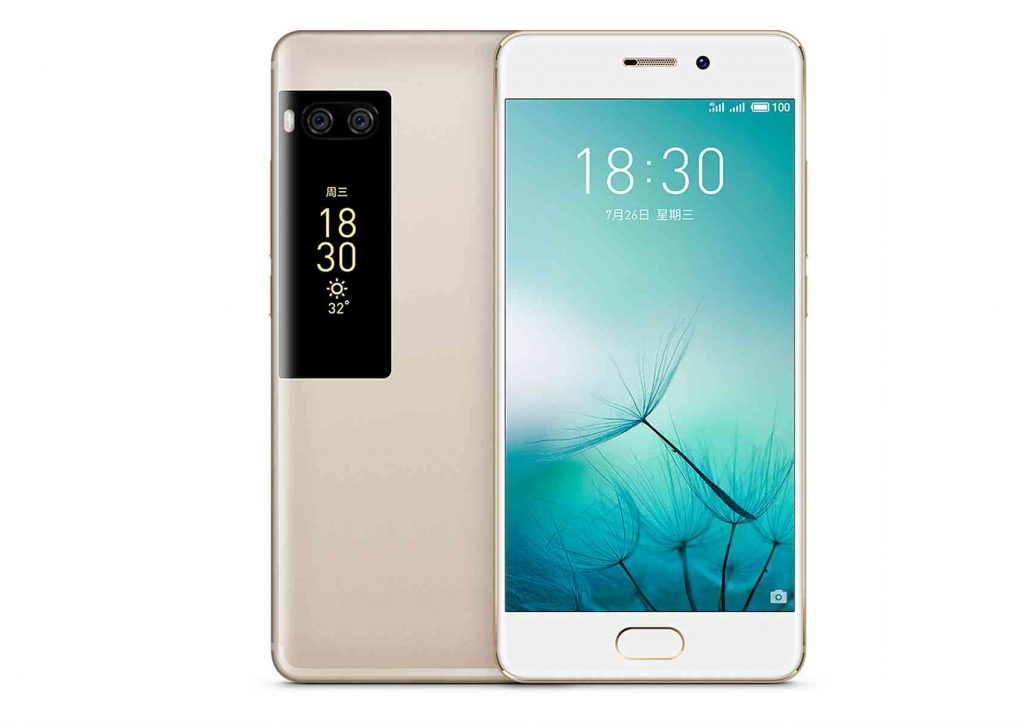

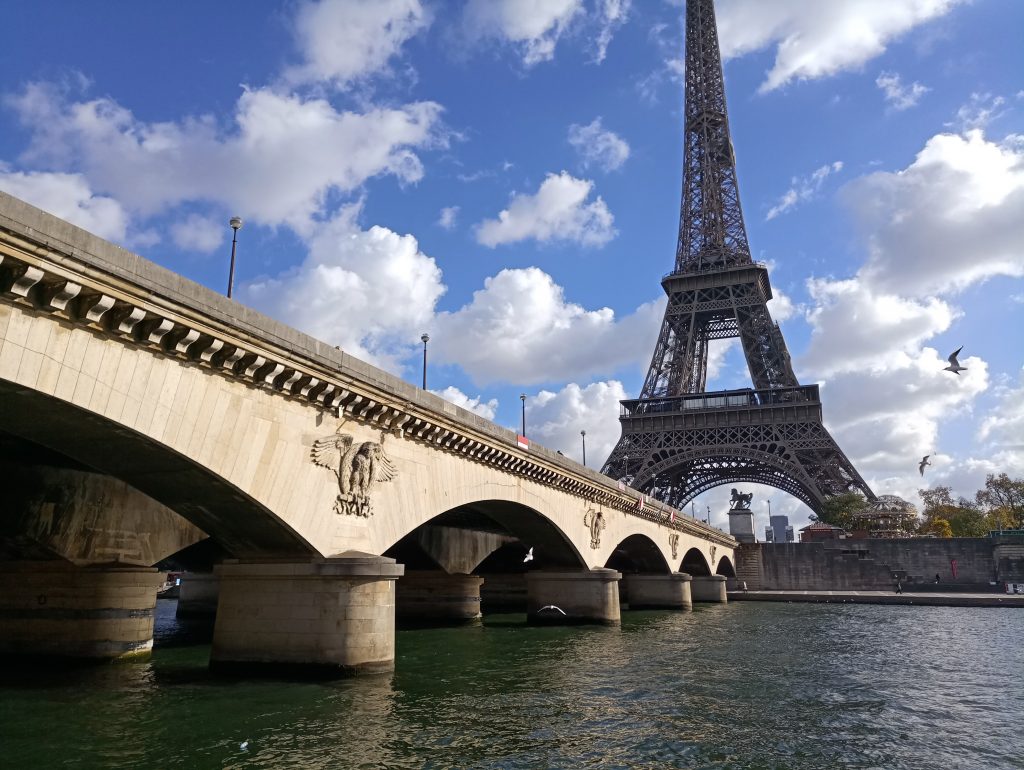
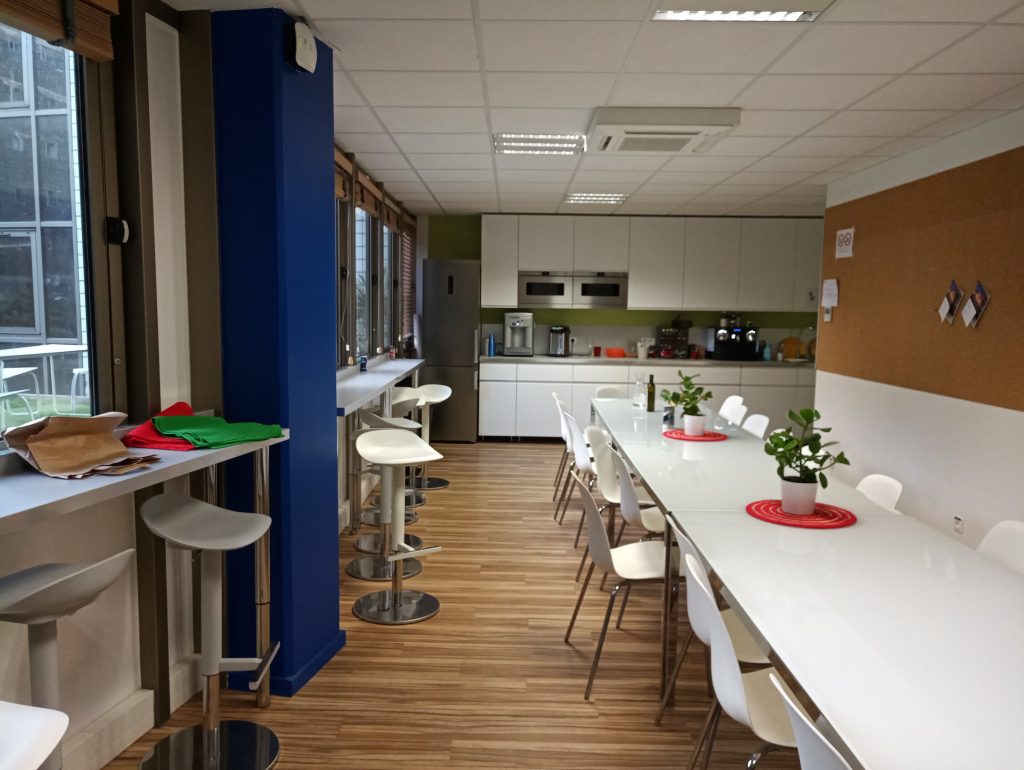
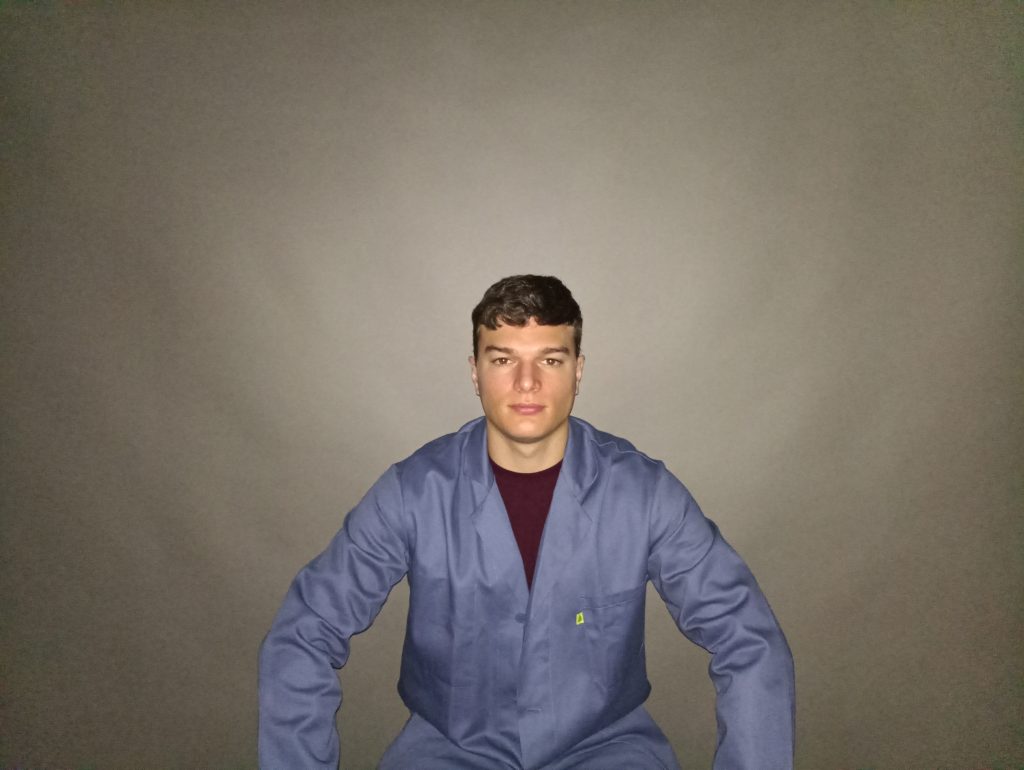

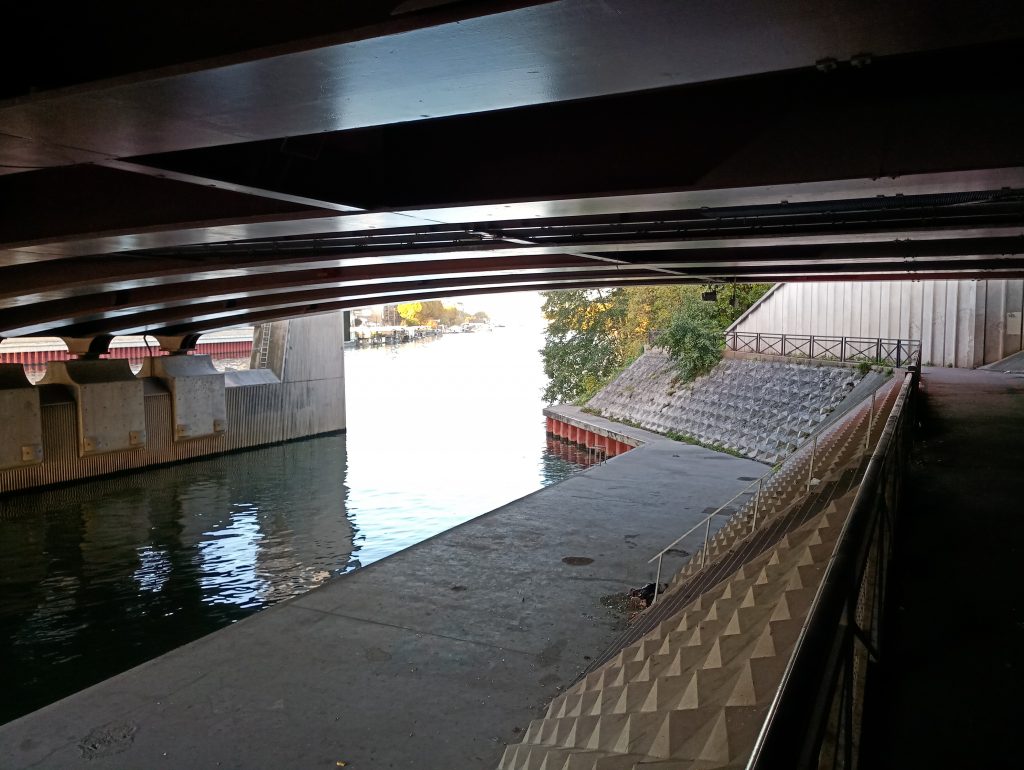
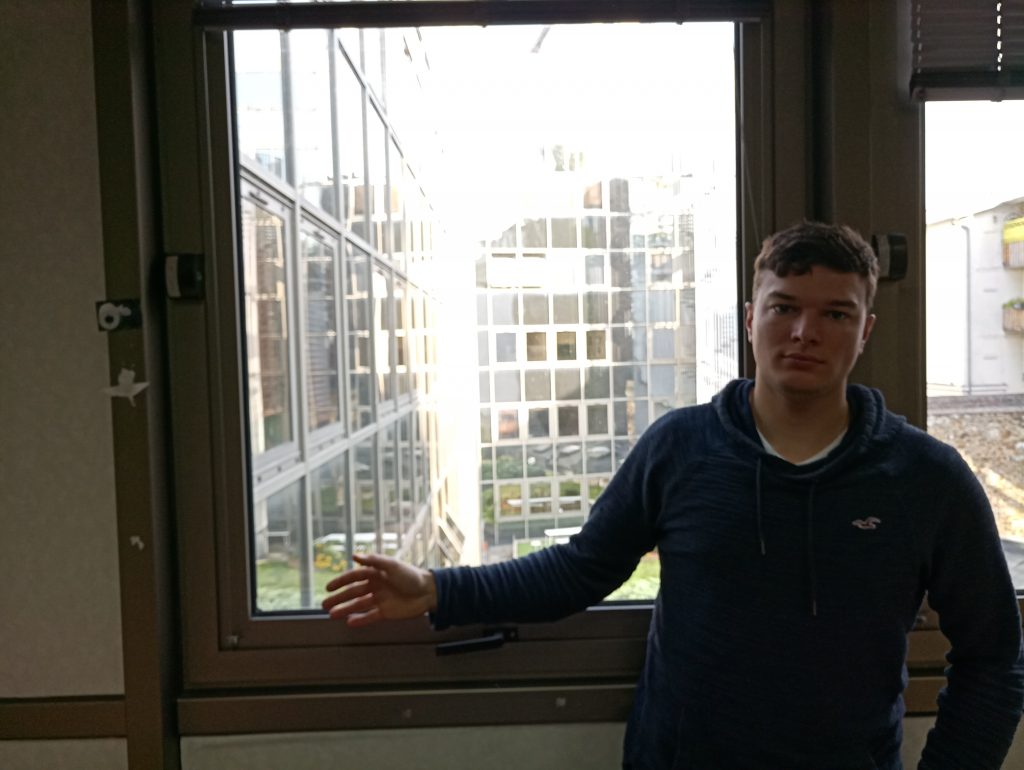
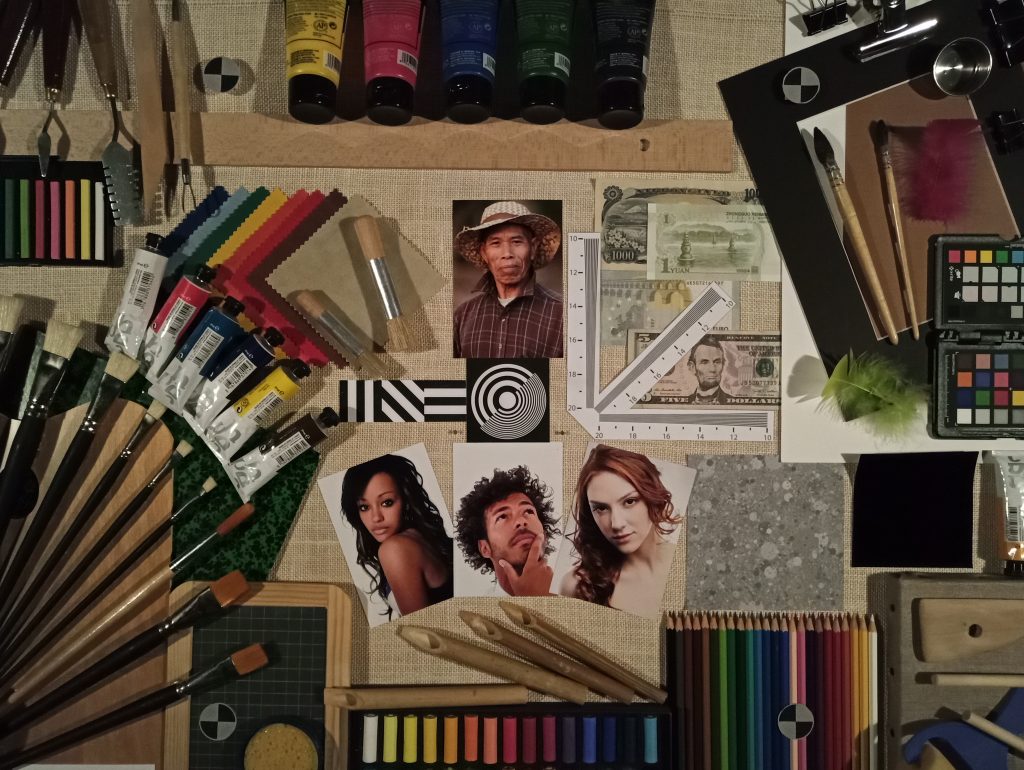
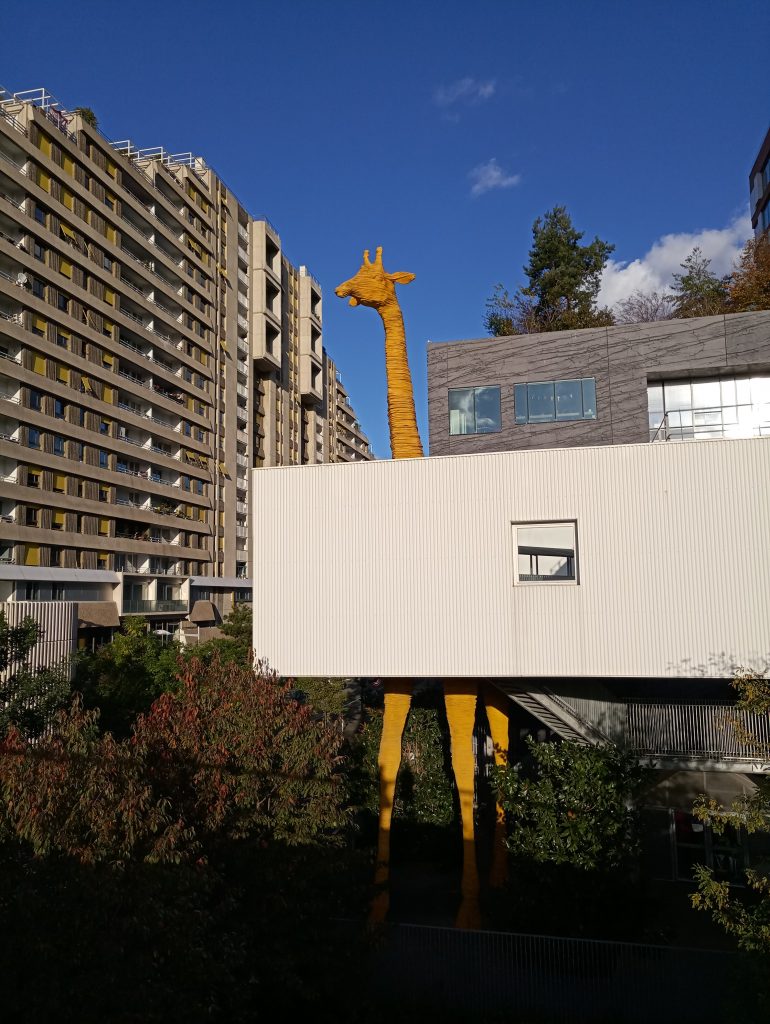
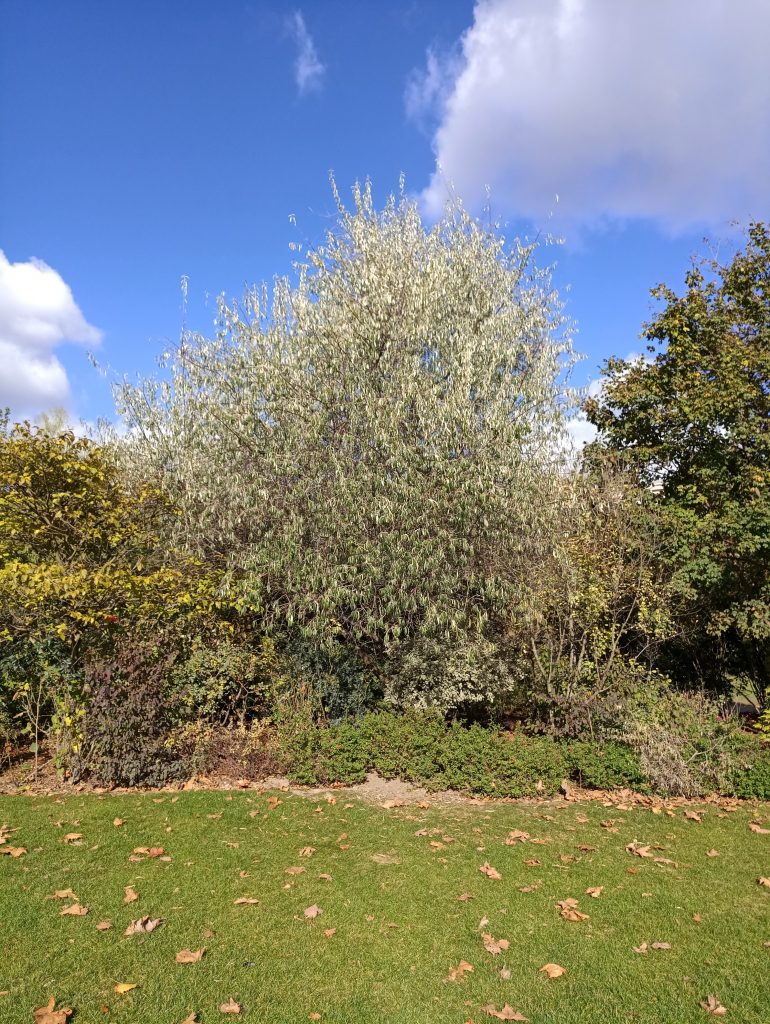
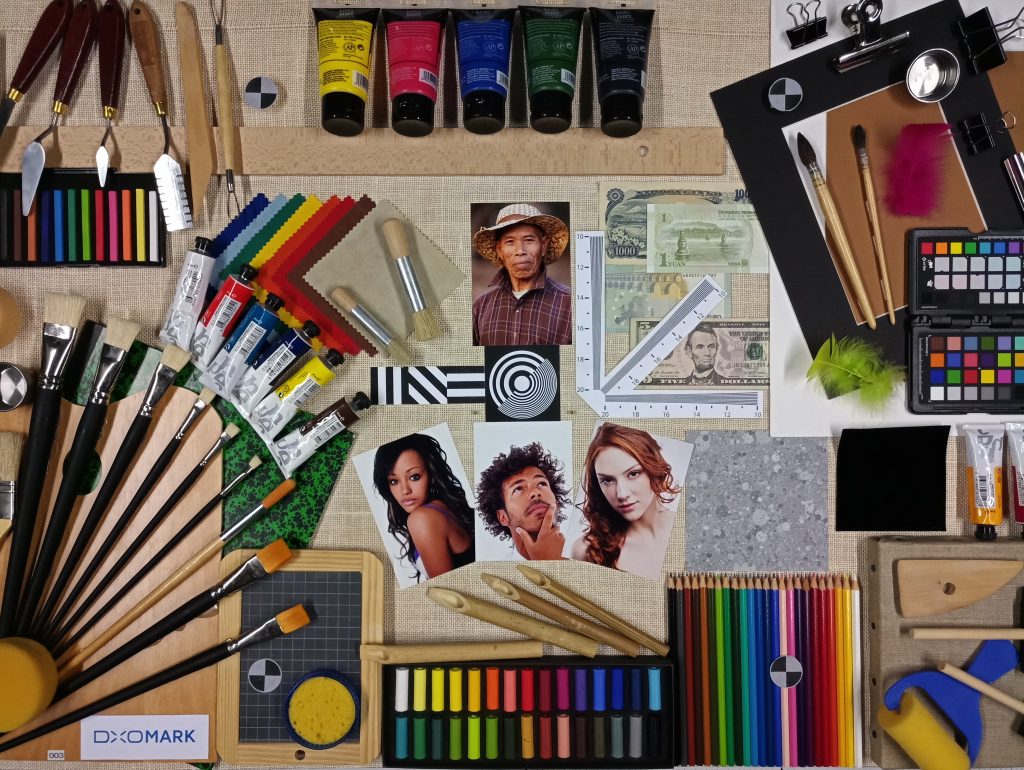
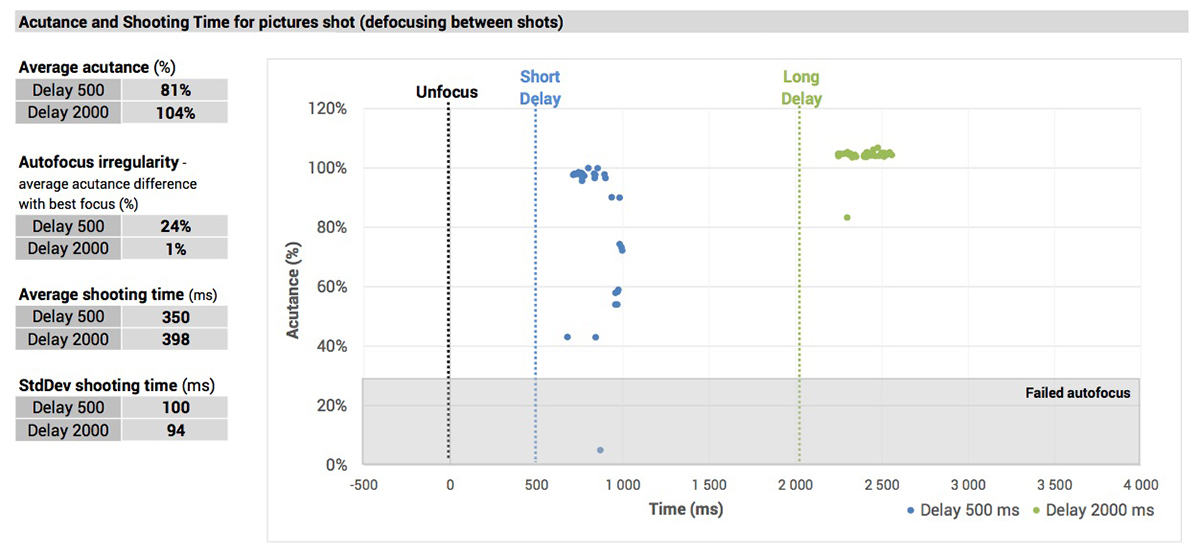
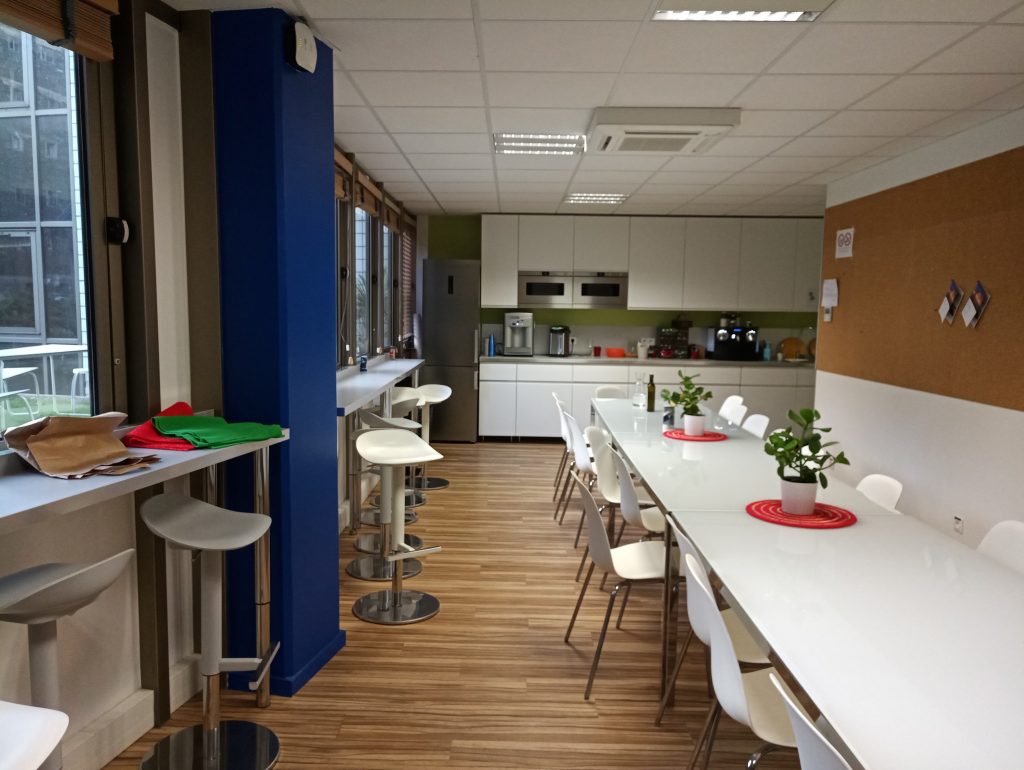
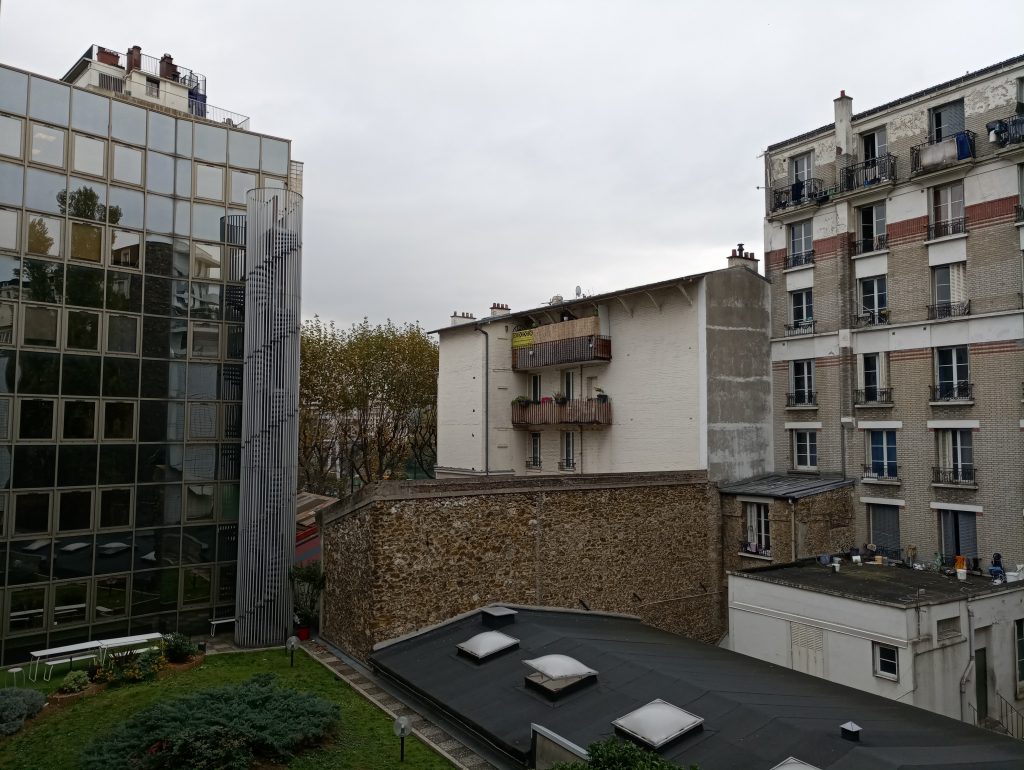
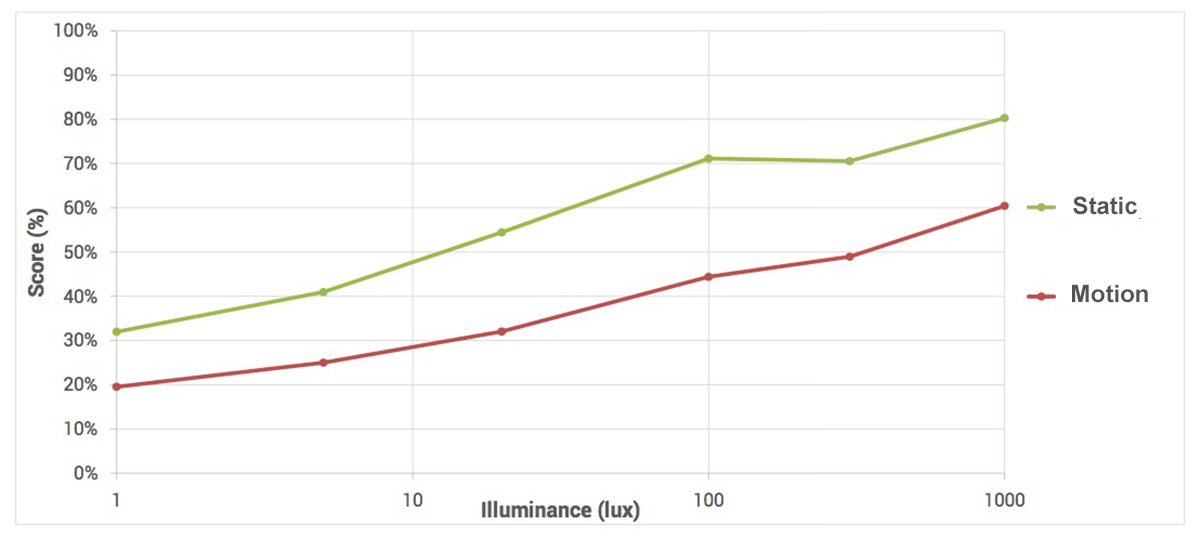


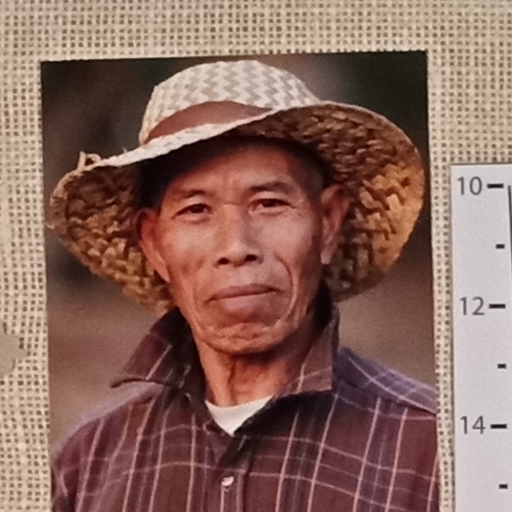
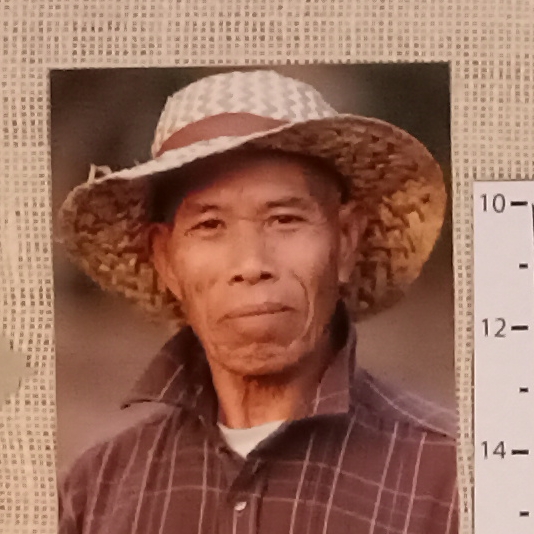
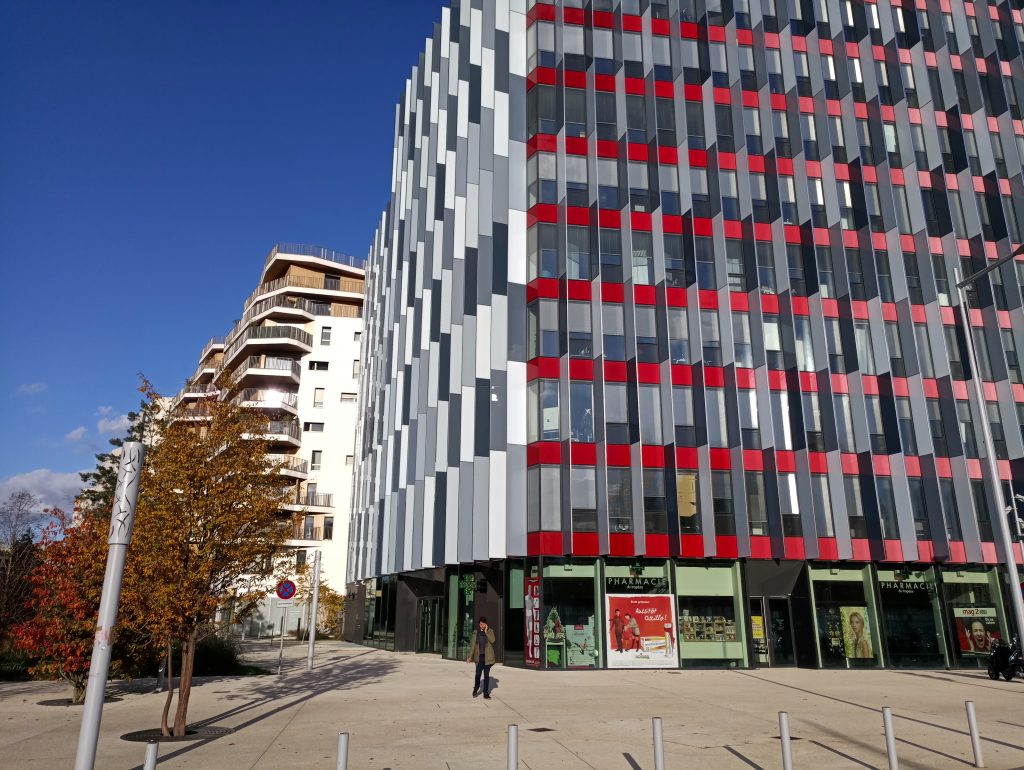
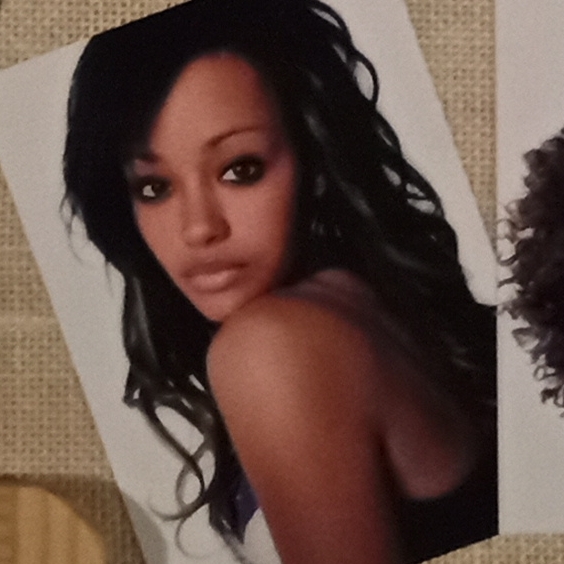
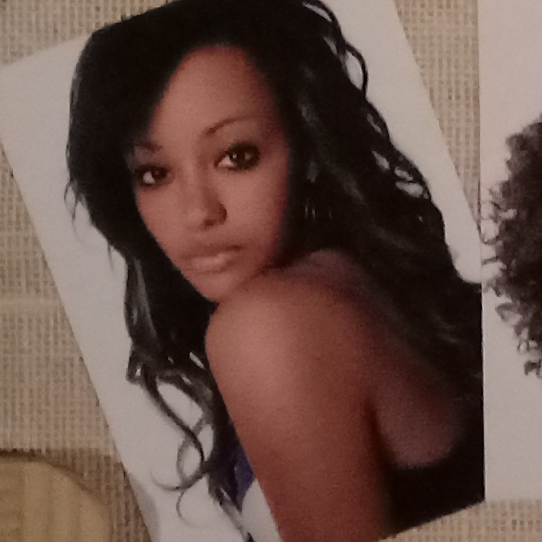
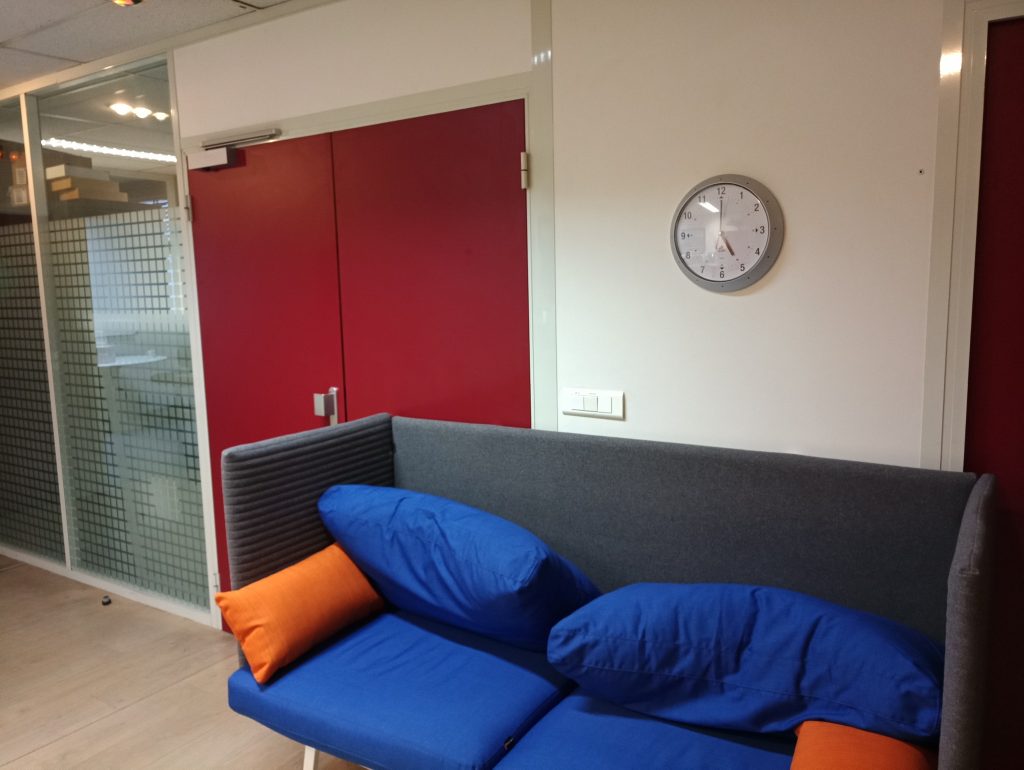
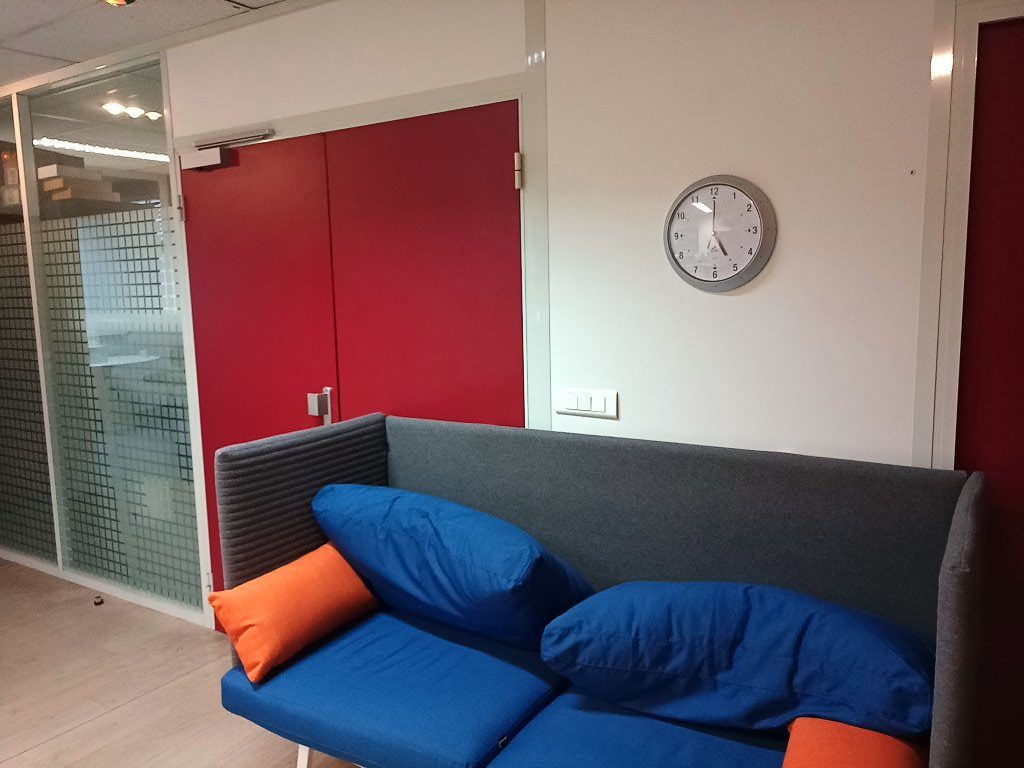
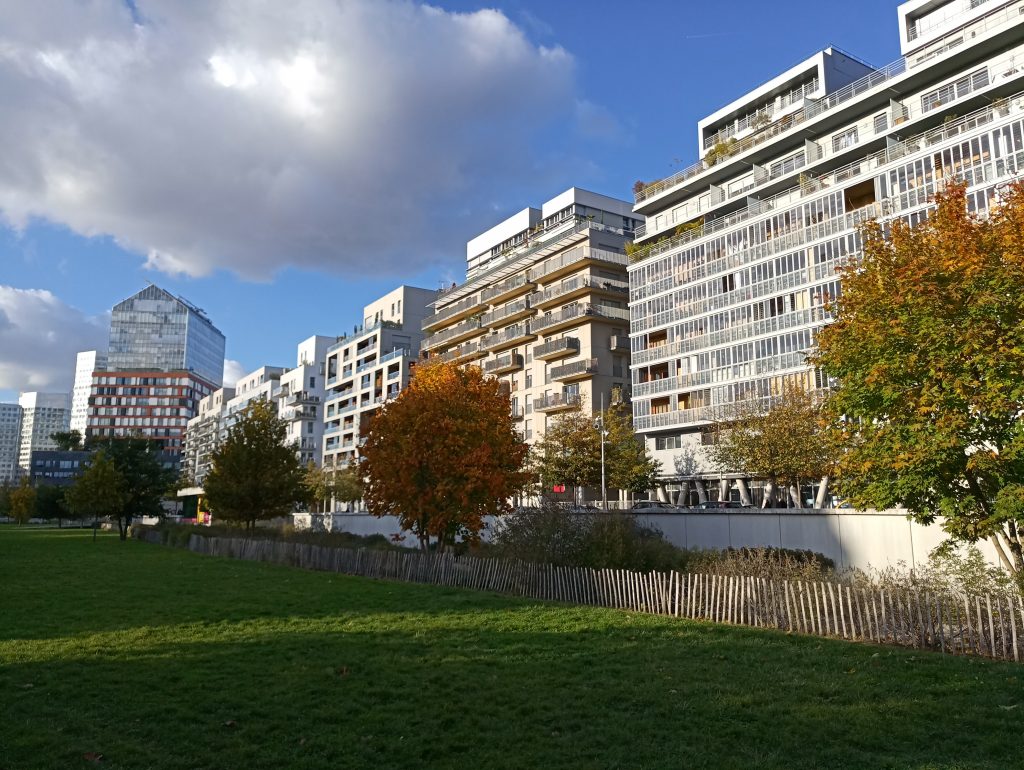
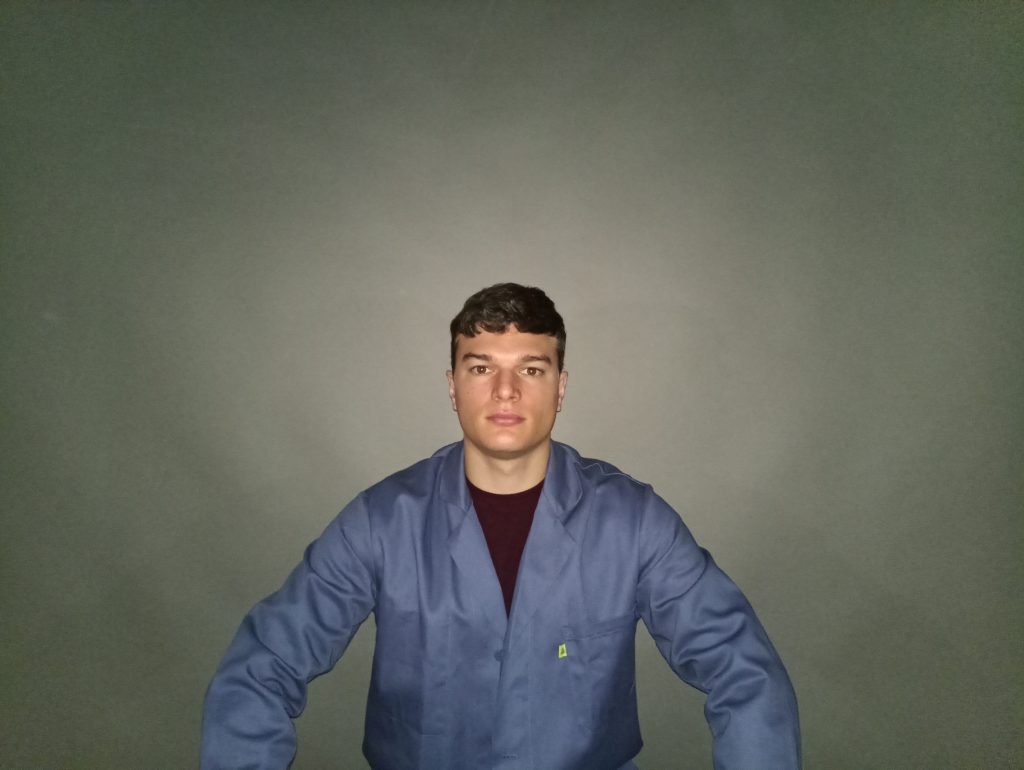




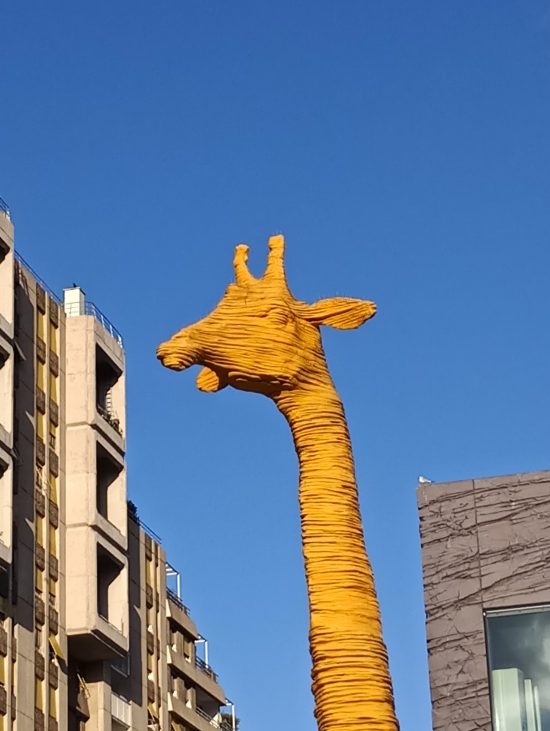
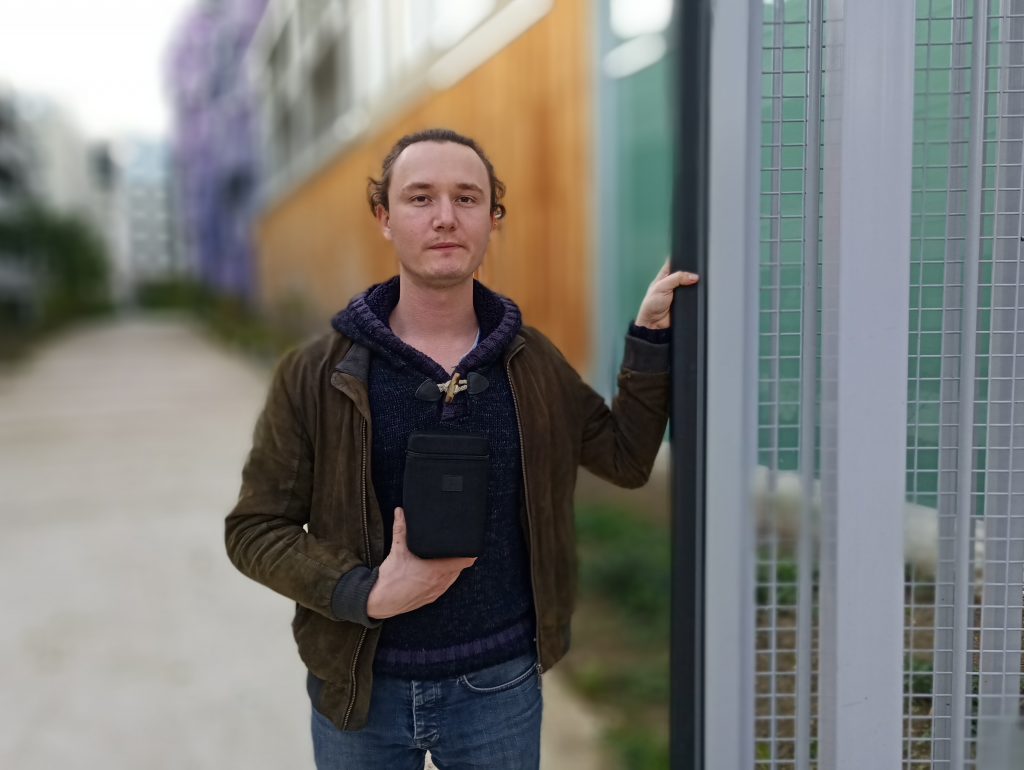
DXOMARK encourages its readers to share comments on the articles. To read or post comments, Disqus cookies are required. Change your Cookies Preferences and read more about our Comment Policy.